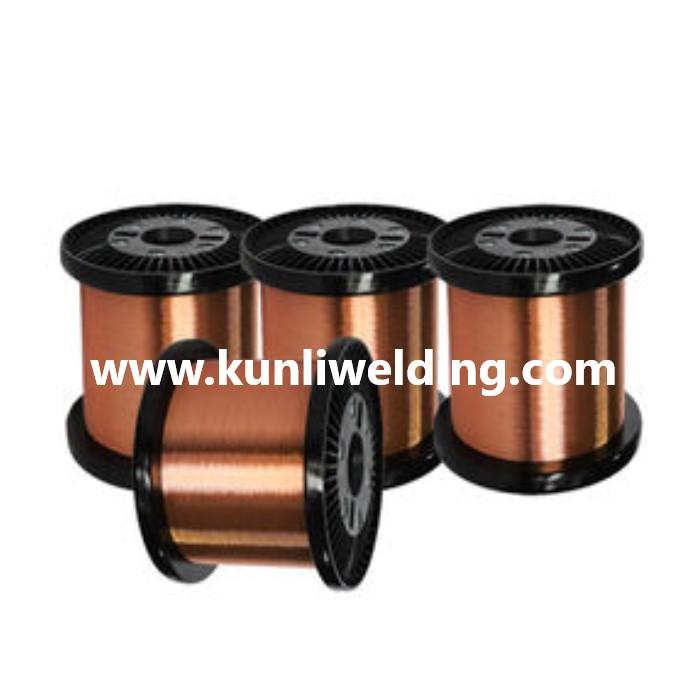Across modern fabrication hubs the push for lighter and more efficient assemblies is reshaping demand patterns, and Aluminum Mig Wire Manufacturers are central to that shift as engineers and buyers seek filler metals that weld cleanly and feed reliably on high volume lines. From vehicle bodies to transport enclosures and energy infrastructure, the choice of wire matters for throughput quality and service life.
The first decision for a buyer is how the finished part will be used. When panels and structures must resist harsh environments or require consistent appearance after surface work the right alloy chemistry helps minimize rework and supports better serviceability. Fabricators who plan for repair friendly joins reduce lifecycle interruptions and make maintenance in the field simpler. This practical focus on durability over short term price influences specification choices across sectors where longevity is a selling point.
Process compatibility shapes the next layer of choice. Wires that feed smoothly through automatic rigs and that maintain consistent geometry cut down on stoppages and on time spent on troubleshooting. Shops that standardize feed paths and spool handling see fewer snags during runs and can maintain steady output even when new models enter production. Supplier notes about packaging and recommended handling are useful signals when teams compare options.
Material behavior under welding conditions also matters. Some filler wires are formulated to match certain base metal groups so that fusion is predictable and bead appearance is repeatable. When design teams push thinner walls or unusual joint shapes they need wires that respond well to controlled heat input and that do not require extensive dressing afterward. Running representative trials in the shop offers practical evidence about finished appearance and the level of finishing labor the choice will demand.
Current manufacturing headlines about regional supply adjustments and near manufacturing trends have shifted how procurement approaches risk. Buyers increasingly value suppliers who can offer steady production, sample availability and clear technical guidance that shortens qualification time. That vendor support reduces the hidden cost of onboarding a new material and helps teams avoid production pauses when volumes rise or when designs change. Choosing a partner who documents handling and storage guidance makes it easier to keep lines moving.
Sustainability expectations are also influencing selection. Materials that support repair and that integrate with recycling flows lower the environmental footprint of assemblies. When procurement teams consider long term serviceability alongside downstream end of life handling they often favor wires that reduce the need to replace whole parts after a repair. That alignment between material choice and repair practice helps manufacturers meet broader environmental objectives while keeping operational complexity manageable.
Training and shop discipline turn product performance into consistent outcomes. Operators instructed in clean joint prep correct travel technique and precise feed control produce welds that require less dressing and that hold assembly tolerances. Simple process habits like storing spools in dry clean environments and tracking lot numbers help teams trace any variation back to its source, shorten troubleshooting cycles and preserve feed behavior across a production run. Those operational steps are often the difference between a smooth qualification and repeated rework.
Different sectors place different emphasis on properties. Marine and coastal builds tend to prioritize corrosion resistance, transport and battery enclosure work weight and thermal behavior, and architectural applications often favor visible finish. Matching wire selection to those use cases while validating in real shop conditions helps fabricators balance finish with throughput. Small validation runs that mirror production technique are a low cost way to confirm which consumable fits a production reality.
When teams choose a supplier, look for accessible product notes clear packaging options and sample availability that allow quick trials. A supplier that explains recommended feed arrangements and storage practices reduces setup time and shortens the path from prototype to routine production. Practical collaboration with vendors helps maintain steady throughput while protecting fit finish and the ability to service parts in the field. To review relevant product pages and packaging notes see the aluminum alloy welding wire listings at https://www.kunliwelding.com/product/aluminum-alloy-wire/aluminum-alloy-welding-wire.html .
